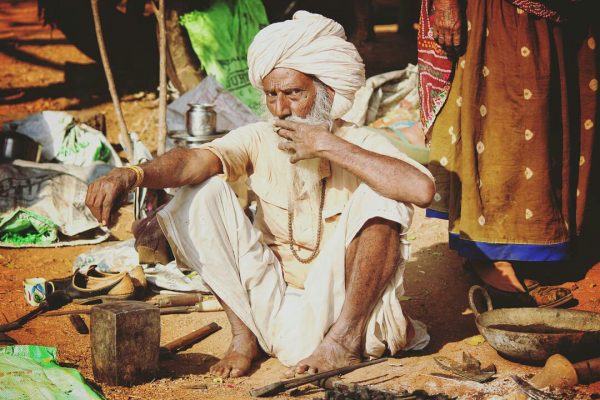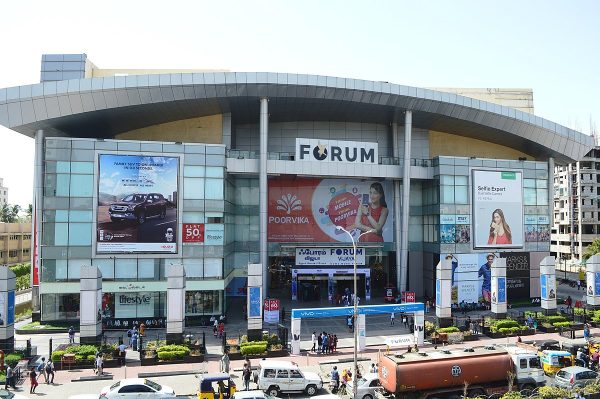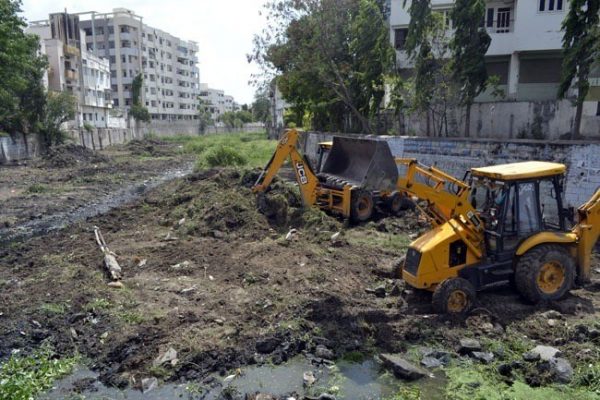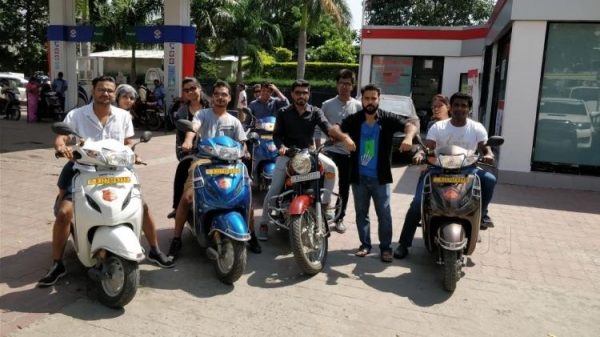Posted inFood
Alternative Places That Can Replace McDonald’s in Udaipur
McDonald’s is closed in Udaipur! Then where can we go to satiate our cravings of burger, fries….!? Taking into consideration, the plight of the McD lovers, we have come up…









